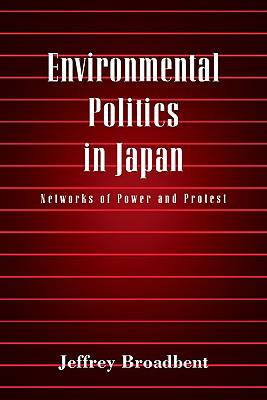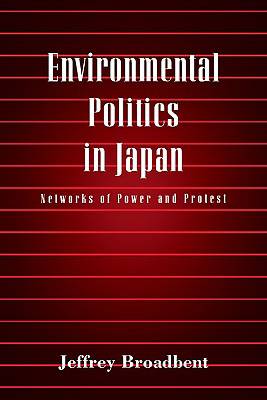
Je cadeautjes zeker op tijd in huis hebben voor de feestdagen? Kom langs in onze winkels en vind het perfecte geschenk!
- Afhalen na 1 uur in een winkel met voorraad
- Gratis thuislevering in België vanaf € 30
- Ruim aanbod met 7 miljoen producten
Je cadeautjes zeker op tijd in huis hebben voor de feestdagen? Kom langs in onze winkels en vind het perfecte geschenk!
- Afhalen na 1 uur in een winkel met voorraad
- Gratis thuislevering in België vanaf € 30
- Ruim aanbod met 7 miljoen producten
Zoeken
€ 85,45
+ 170 punten
Uitvoering
Omschrijving
Japan experienced rapid industrial growth after World War II, but its economic miracle brought dramatic environmental deterioration. In the early 1970s, as local protest movements grew more vocal, the Japanese government moved relatively swiftly to regulate industrial pollution and succeeded in reducing its air and water pollution, but not many other environmental problems. This book analyzes the social, cultural, and political-economic causes of Japan's dramatic environmental damage and eventual partial restoration from 1955 to 1995. A case of regional heavy industrial growth and environmental protest in rural Japan provides the local details of how pro-growth and pro-environment coalitions mobilized, struggled, and affected policy outcomes in Japan. The author uses the case-study finding to comment on sociological and political science theories about the effects of culture and social structure on state policy-making, social control, protest movement mobilization and success, and environmental problem-solving.
Specificaties
Betrokkenen
- Auteur(s):
- Uitgeverij:
Inhoud
- Aantal bladzijden:
- 440
- Taal:
- Engels
Eigenschappen
- Productcode (EAN):
- 9780521665742
- Verschijningsdatum:
- 28/07/1999
- Uitvoering:
- Paperback
- Formaat:
- Trade paperback (VS)
- Afmetingen:
- 153 mm x 229 mm
- Gewicht:
- 589 g

Alleen bij Standaard Boekhandel
+ 170 punten op je klantenkaart van Standaard Boekhandel
Beoordelingen
We publiceren alleen reviews die voldoen aan de voorwaarden voor reviews. Bekijk onze voorwaarden voor reviews.









